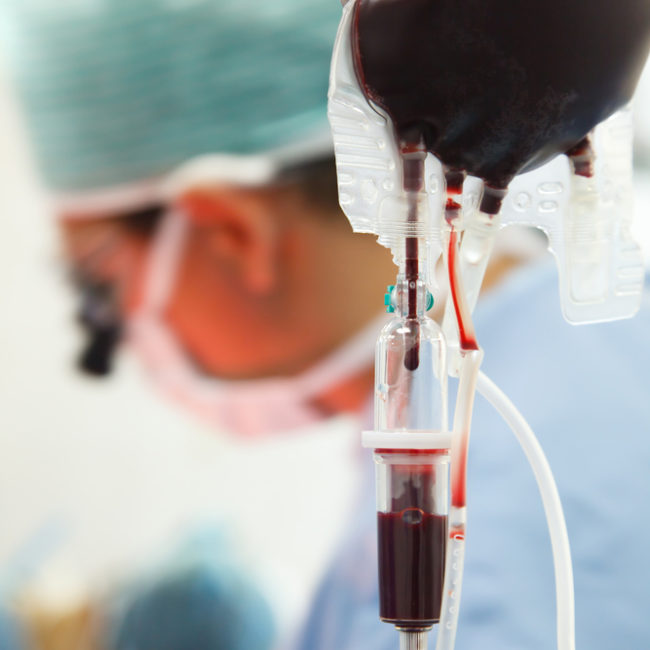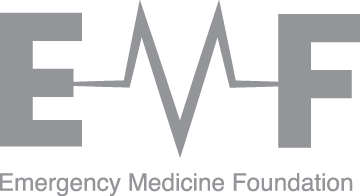Qld pre-hospital study identifies trauma patients at risk of bleeding to death
Prevalence of “on scene” acute coagulopathy of trauma (ACoT) in patients treated by a road based trauma response team and transported to an adult trauma centre
Grant ID: EMSS-202R23-2015
Project Summary
Traumatic injury is the leading cause of death and the second highest contributor to the burden of disease of Australians aged between 12 and 24 years. In approximately 10-50% of trauma, blood does not clot properly, with these patients up to 4 times more likely to die from their injuries.
Researchers aim to determine the proportion of injured patients with clotting problems. Identifying these patients may enable life-saving treatment to commence enroute, and rapid intervention on arrival at hospital.
Servicing the greater Brisbane and Gold Coast areas, the Queensland Ambulance Service (QAS) High Acuity Response Unit (HARU) provides advanced trauma interventions including blood transfusions and ultrasound to detect internal bleeding. In 2014 the HARU treated approximately 370 moderate to severely injured patients.
In this study, HARU team members analysed blood from patients in the field to determine clotting abnormalities. The study also examined whether a simple blood test on a portable machine could accurately diagnose clotting problems.
Outcomes
Researchers found that clotting problems can develop within 20 minutes of the time of injury. The portable machine was found to be more accurate than clinical scores in identifying which patients had a clotting problem that could be treated.
There was evidence of clotting problems that would be treated in hospital in 38% of patients. In the patient group that received a pre-hospital blood transfusion, 52.2% had treatable clotting problems.
Findings have been used by QAS to change clinical guidelines and HARU have incorporated the portable machine in their practice to detect and treat clotting problems in trauma patients.
Dissemination
Publication:
- Bodnar, D., Bosley, E., Raven, S., Williams, S., Ryan, G., Wullschleger, M., and Lam, A.K., 2023. The nature and timing of coagulation dysfunction in a cohort of trauma patients in the Australian pre-hospital setting. Injury, doi: https://doi.org/10.1016/j.injury.2023.111124
- Bodnar, D., Parker, L., Meister, M., Ryan, G., Rashford, S., Wullschleger, M., Lam, A.K. and Bosley, E., 2022. Correlation of pre-hospital point-of-care INR to laboratory-based INR in acute traumatic coagulopathy. The Journal of Trauma and Acute Care Surgery.
Presentations:
- Dr Daniel Bodnar, Point of Care INR is More Specific than Clinical Scoring Systems for the Identification of Hypofibrinogenaemia in the Pre-Hospital Setting. ACEM winter symposium in Cairns in July 2021
- Dr Daniel Bodnar, "Blood transfusion in prehospital trauma; a la carte vs fixed menu", Australian Trauma Symposium in Brisbane Sept 2021
- Dr Daniel Bodnar, "Pre-hospital management of the bleeding trauma patient", Queensland Blood Symposium, February 2020
- Further presentations at the ANZCP Conference 2017 Brisbane and at the Australian Tactical Medical Association conference 2019 and 2021
SHARE




